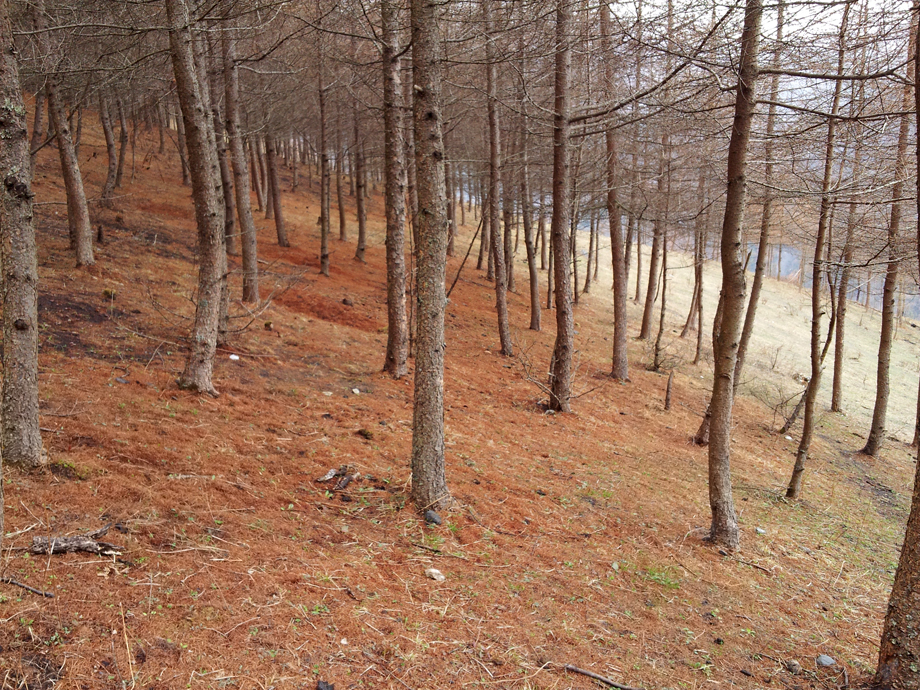Reintroduction Can Inspire Habitat Restoration

The Sichuan Giant Panda Sanctuaries located in southwest Sichuan province of China, is the home to more than 30% of the world's highly endangered Giant Pandas and is among the most important sites for the captive breeding of these pandas.
Along with the Giant Panda, the sanctuary is a refuge to other endangered species such as the red panda, the snow leopard, and the clouded leopard. Outside of the tropical rainforests, it is among the botanically richest sites of the world, and is home to between 5,000 and 6,000 species of flora. It has been noted that the region is similar to the paleo-tropic forests of the Tertiary Era.
The Sichuan Giant Panda Sanctuaries consist of seven nature reserves and nine scenic parks.
Why is reintroduction so important?
Currently it is estimated that approximately 1600 Giant Pandas live in the wild, with 300 in captivity.
Re-introduction of Pandas born and raised in captivity, and then released into the wild, is a massive part of ensuring the endangered species does not become extinct.
In 2007, the first attempt to release a panda bred in captivity ended in failure when Xiang Xiang, a five-year- old reared at Wolong, was found dead months after it had left the research centre, from injuries suffered in a suspected fight with wild pandas.
In order to ready a Panda for reintroduction into the wild, it takes approximately 3 years to complete the process. This is a big investment.
Pandas, at a very young age, are gradually introduced into wilder, more spacious enclosures, until they are ready for release. They do not come into contact with humans, apart from those who dress in panda suits!
There's method behind this apparent madness of humans dressing as pandas -
Huang Yan, vice-director for research at Wolong, explains “This is the first time this has been done anywhere in the world,” he says proudly. “We came up with the idea because captive pandas are too familiar with people. But by rearing them using the panda suits, the baby panda would grow up never seeing any people.
“If we didn’t use these outfits, the baby would see humans and get used to them – and if he then saw people in the wild, they would seem familiar to him. We don’t want that because maybe someone might harm him.“We designed the panda suits ourselves then found someone who could make 10 suits for us.”
Currently there are around six Giant Pandas at Hetaoping Giant Panda Centre in Wolong undergoing 'wild training' for reintroduction.
Only part of the solution
Releasing a giant panda cub into the wild is only part of an ambitious and integrated programme designed to safeguard the endangered animal; providing the creatures with secure habitats is an equally challenging task.
The captive population of pandas in China has passed 300, meaning the species is no longer scarce in captivity.
Panda Mountain is working with local communities in Wolong Nature Reserve to move away from subsistence agricultural farming to the growing of native plants.
Extracts from Hong Kong Post Magazine January 2011 used for this article.

 English
English  中文
中文 